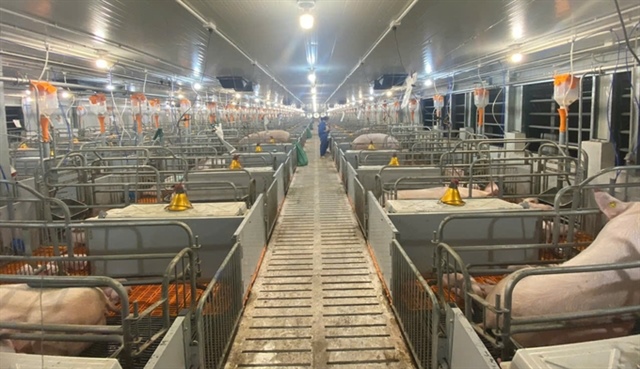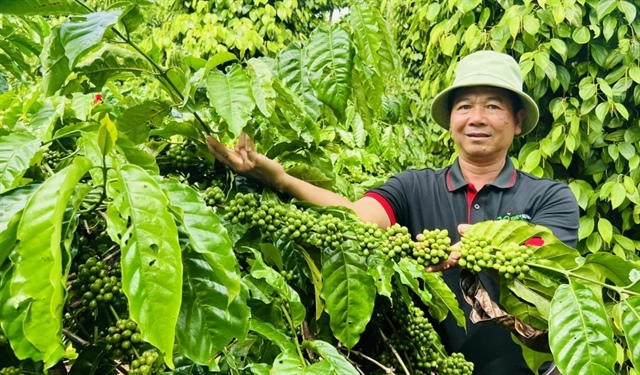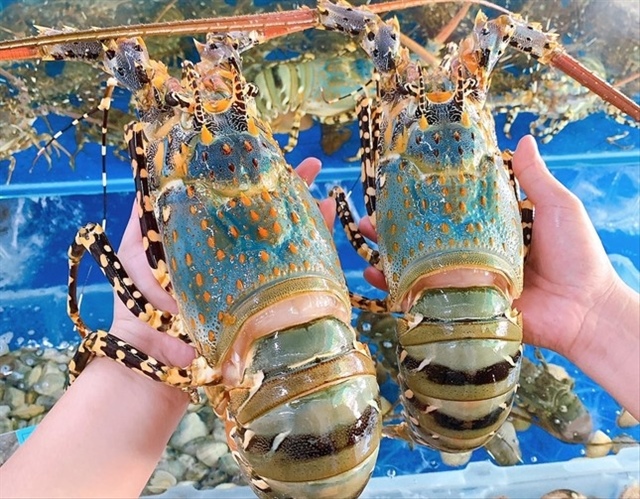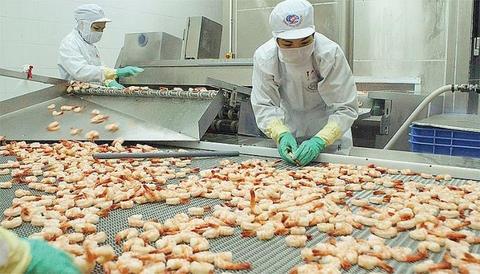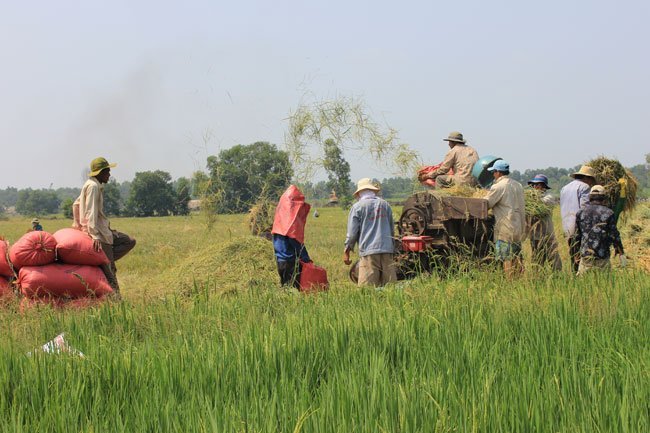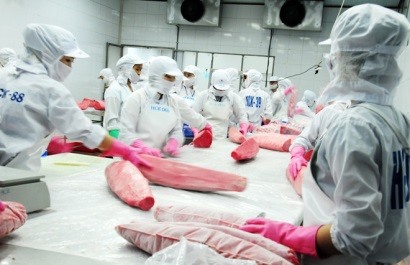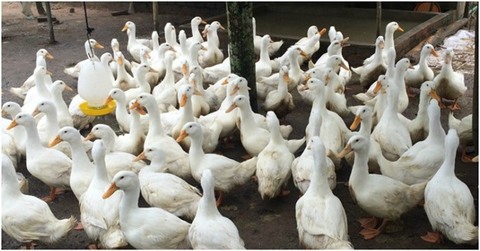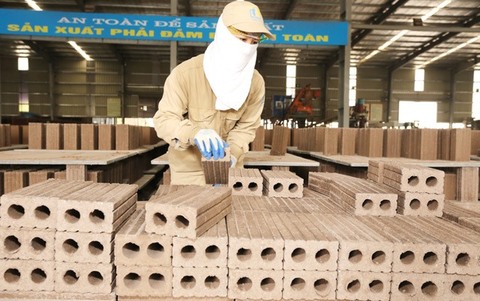Vietnam’s rice sector prospects expected to improve soon
Vietnam’s rice sector prospects expected to improve soon
Despite difficulties in rice export and consumption in recent years, the country’s rice sector is forecast to gain ground this year, with outbound shipments showing signs of improvement.
A report released at a conference on rice production and consumption in the Mekong Delta in Dong Thap Province today, February 26, showed that the prospect of Vietnam's rice exports will be bright in the years to come.
Nguyen Ngoc Nam, chairman of the Vietnam Food Association, said that the nation's outbound rice shipments are expected to amount to six million tons this year, unchanged from 2018.
The country will continue focusing on the Asian rice-importing market, Nam said, adding, “From January 1 to February 15, Vietnam exported over 491,000 tons of rice to foreign markets.”
Rice export contracts are seen increasing in the second quarter of this year due to the competitive prices of Vietnamese rice and the rising rice demand of China, the Philippines, Indonesia and Malaysia, he said.
In particular, the Chinese market’s rice imports are forecast to inch up by an additional 200,000 tons to 5.2 million tons from the five million tons recorded last year, with Vietnam, Thailand, Cambodia and Myanmar as its major rice suppliers.
Nam said that of the total 5.2 million tons to be imported in 2019 by China, half could be distributed to State enterprises and the remaining 50% to private firms.
“Some sources said that China will continue purchasing rice from Vietnam, but the volume will be lower than in 2018,” he noted.
As for Indonesia, Nam said, its rice imports in 2019 are predicted to plunge to 800,000 tons against the 2.15 million tons recorded last year. Indonesia will start to import rice in July.
Meanwhile, the Philippines is expected to buy 2.3 million tons this year, opening the door for Vietnamese rice exports. Nam said that on February 15, the president of the Philippines issued a regulation allowing private firms to import rice without quantity limits. As such, 180 Filipino private enterprises have registered to import 1.2 million tons of rice from Vietnam to date, showing that the Filipino market continues to have potential.
Further, Vietnam’s white rice prices are more competitive than those of Thailand, attracting Malaysia, which is forecast to import 950,000 tons of rice this year.
Bui Thi Thanh Tam, general director of the Northern Food Corporation (Vinafood 1), said that Vietnam’s rice importers are in the process of purchasing rice, adding that Vinafood 1 has signed deals to buy rice from its foreign partners.
Tam added that the Mekong Delta region has seen a fall in rice prices in recent years owing to an imbalance in supply and demand.
Le Minh Hoan, Party secretary of Dong Thap Province, said that through the conference, all hindrances to the winter-spring rice crop are expected to be lifted. It is necessary to map out a long-term plan for the sustainable development of the sector so that obstacles in terms of production, credit systems, science and technology can be removed and the country’s rice exports can be maintained stably.
Hoan said that the prime minister has issued a directive asking the relevant ministries and departments to urgently handle the rice glut to ease the hardship faced by farmers. Hoan, however, stressed that rescuing rice farmers should not recur repeatedly.
Individual production should be eliminated, Hoan said, adding that cooperative production is an efficient structure in the agriculture sector, boosting the stability of rice production and consumption and reducing pressure on farmers, as well as eliminating the need to rescue rice farmers, as seen year in, year out.
A rice production alliance would help farmers gain profits from production and value chains and cut production costs, he explained.
The Ministry of Agriculture and Rural Development, the Ministry of Industry and Trade, the State Bank of Vietnam and the Dong Thap government on February 26 co-organized a conference to discuss and assess rice production and consumption and finding ways to promote the rice sector and rice exports of the Mekong Delta in particular and Vietnam in general.


